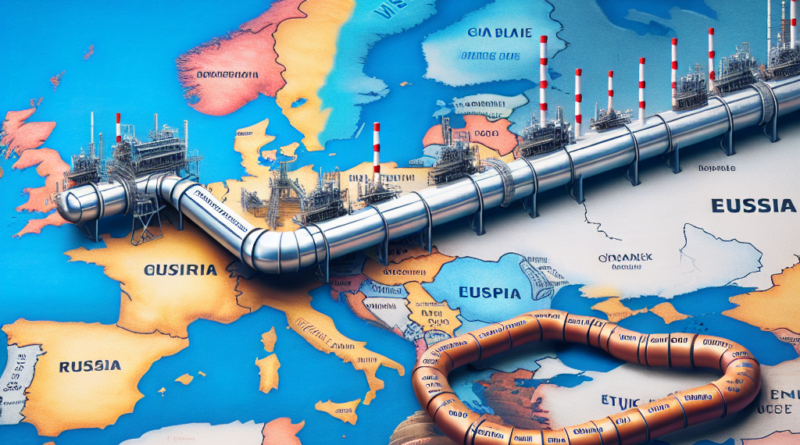Why Russian Gas Remains a Concern for Europe
The Thorny Issue of Russian Gas Transit through Ukraine
Europe has not completely eliminated Russian gas from its supplies and now an expiring agreement between Kiev and Moscow for the passage of the raw material is putting the old continent on alert.
Russia still ships around 15 billion cubic meters of gas to Europe through Ukraine, mainly towards Slovakia and Austria, where the nation led by Putin is a dominant supplier.
In Austria, Russian gas has covered more than 80% of consumption for five consecutive months.
The thorny issue on the table concerns the fact that Ukraine is unlikely to extend the five-year agreement with the Russian Gazprom on the transit of Russian gas to Europe when it expires at the end of the year, pushing the destination countries to seek alternatives.
Diversification Efforts and Security Concerns
After the war in Ukraine, Norway has surpassed Russia as the main supplier of gas pipelines in Europe, and the EU has increased imports of liquefied natural gas (LNG) from the United States and other countries.
The European Commission believes that the bloc can withstand the end of Russian transit through Ukraine without major security risks.
Its plan is to rely on alternative suppliers and pursue its ambitious climate strategy, which includes more renewable energies and energy savings.
Some member states, however, are less optimistic and fear a repetition of the energy crisis.
In light of this, Russian gas is likely to remain a long-standing problem for Europeans.
Potential Solutions and Moving Forward
The transit route of Ukrainian gas, agreed upon by Moscow and Kiev in 2019, allows Russia to export gas to Europe through Ukraine.
Most EU countries have reduced their dependence on Russian gas since the February 2022 war.
Former major recipients of gas through Ukraine include Austria, Slovakia, Italy, Hungary, Croatia, Slovenia, and Moldova.
Austria still receives most of its gas through Ukraine, while others have diversified their sources and taken measures to reduce demand.
Now, faced with the likelihood that Russia and Ukraine will not renew the expiring agreement at the end of 2024 allowing gas transit, European government officials and companies are discussing with their Ukrainian counterparts how to maintain the gas flow in 2025.
Avoiding a sudden halt in supplies from this route is the main goal to prevent a supply crisis.
According to some, a discussed option is for European companies to purchase and inject gas from Azerbaijan into Russian pipelines directed to Europe (which pass through Ukrainian territory).
Such an agreement would allow Europe to avoid the embarrassment of buying Russian gas at a time when it is trying to squeeze Moscow’s revenues.




